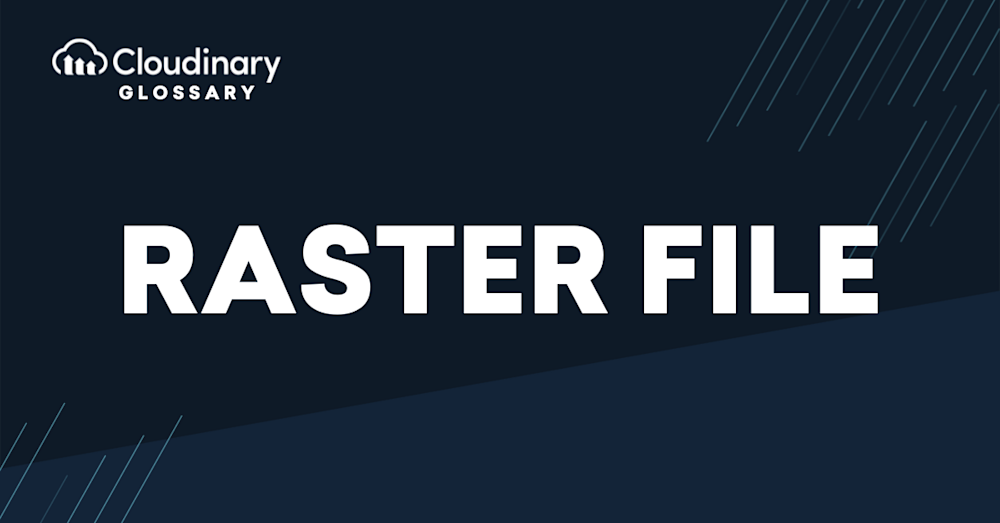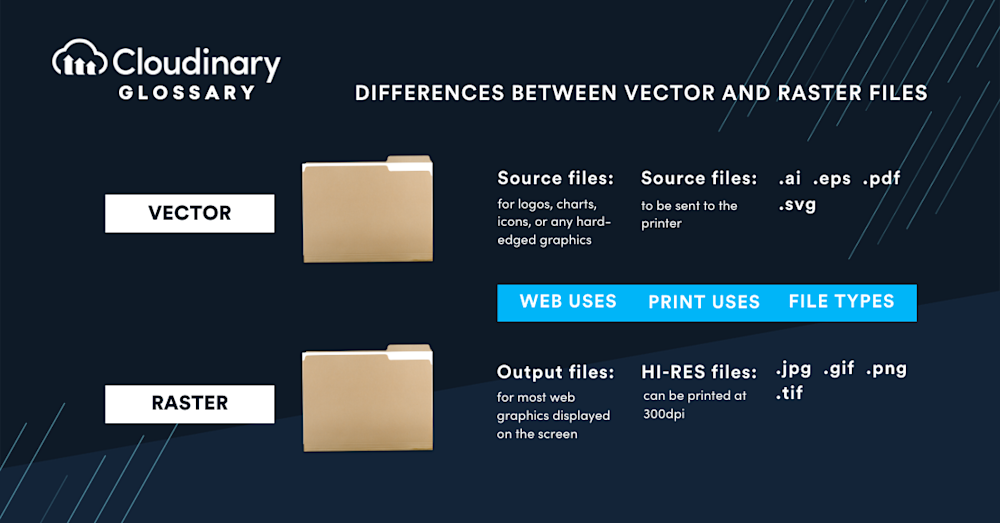What Is a Raster File?
Simply put, a raster file, also frequently known as a bitmap, is a way to represent digital images. It’s like the puzzle master of digital art – it breaks down your image into a collection of tiny, grid-like components, and each pixel is a piece. Each of these pixels encodes information about the color and brightness of the part of the image it represents, just like each puzzle piece has its unique pattern.
One thing to note early on is that raster files, while excellent for detail, can quickly result in large file sizes due to the millions of pixels they contain. Additionally, their resolution doesn’t scale well — enlarging raster images can make them blurry or pixelated, which is a critical consideration for certain outputs like fabrics or large prints.
One intriguing aspect of the raster format is, unlike its counterpart vector graphics, the quality of the image is dependent on its resolution. Imagine zooming into your puzzle — a low-resolution image with fewer, larger pieces would become blocky and unclear. Conversely, a high-resolution image has more, tinier pieces retaining clear and sharp details even when magnified.
What File Formats Are Raster Files?
Raster files can be saved in various formats, including JPEG, PNG, GIF, TIFF, BMP, and PSD. Each format has its own characteristics and intended uses, such as JPEG for web images, PNG for transparency, and TIFF for high-quality photography and print production. GIF is often used for animated images, banners, and buttons on websites, making it a versatile choice for lightweight motion graphics. BMP files map individual pixels with minimal to no compression, resulting in large file sizes but precise image quality.
What Are Raster Files Used For?
Raster files find their usefulness in a variety of applications, mainly in digital imagery where precision and the ability to scale easily aren’t the top priorities. These files are well-suited for:
- Digital photography. Capturing and storing images in raster format ensures the preservation of even the smallest details with remarkable color representation.
- Web graphics. When it comes to smaller images such as icons, buttons, or background textures, raster files like JPEG, GIF, and PNG offer excellent compression and browser compatibility.
- Video production. Rasters dominate video content, where pixel-based sequences create smooth and realistic motion capture.
- Image editing. Programs like Adobe Photoshop rely on raster formats for editing, making them the go-to choice for retouching, filtering, and manipulating digital images.
- Fabric printing. While raster images excel in detail, the square pixels that make up these images don’t always transfer well onto fabrics or clothing, which may result in visible pixelation or distortion in prints. For textile work, this limitation is a key consideration.
When Should I Use Raster Files Over Vector Files?
Choosing between raster and vector often resembles the age-old debate of apples versus oranges — each has its strengths complementing different needs. With their capability to encode intricate color variations and subtle detail, Raster files are ideal when you’re looking to create or handle complex imagery where detail and color depth are critical.
Typically, raster files are the go-to choice for images rich in detail, such as photographs, where every pixel’s value matters. These images contain nuances of color and gradations that are best rendered through the raster format. Also, they’re the standard for any form of video content or images to be published digitally, such as on websites or social media platforms.
However, keep in mind the file size trade-off — raster files, especially in formats like BMP or TIFF, can be significantly larger compared to compressed formats like JPEG or PNG. For this reason, efficient compression methods (such as PNG for transparency or GIF for web animations) are popular for web and digital use.
However, remember that raster files have their drawbacks too, particularly around scaling. If your project necessitates regular resizing, especially enlarging, vectors with their mathematical precision might be a better fit as they remain crisp and clear, no matter how much you stretch or shrink them. But if your goal is capturing the artistry of intricate details and nuanced colors, then raster files are your digital artist’s palette. Always consider the end use of your image before deciding which file type to use.
Final Thoughts
As we’ve explored, raster files hold immense value when it comes to the world of digital imagery. They might not be the best option for all situations, but when details and colors matter most, these pixel-based heroes truly shine. The key to deciding whether to use raster or vector files in your work ultimately depends on the desired outcome and purpose of the image. By understanding their respective strengths and limitations, you’ll be better equipped to make informed choices and elevate your digital design skills.
Additionally, understanding how raster images behave — particularly their resolution loss, large file sizes, and limitations for fabric printing — will help you plan projects more effectively. Whether you’re working on animated web banners, high-resolution photography, or video production, raster files provide the flexibility and color depth necessary for many creative workflows.
To better manage your raster files and streamline your digital imagery workflow, consider trying Cloudinary, a powerful end-to-end image and video management solution. With Cloudinary, you can simplify your creative processes by optimizing, transforming, and automating your multimedia assets — all in one platform.
Ready to take your digital content to the next level? Start your Cloudinary journey today!
Additional Resources You May Find Useful:




